
TVR is an independent British sports car manufacturer established in 1947 by Trevor Wilkinson. The business established itself as a leading light in the British low-volume sports car market, building an international reputation for high-performance vehicles and innovative design.
Model list
| Model | Production Years | Engine | Displacement | Production figures |
|---|---|---|---|---|
| Jomar1 | 1956–1959 | Coventry Climax Ford 100E Sidevalve |
1098 cc 1172 cc |
|
| TVR Open Sports / Coupe | 1956–1957 | Coventry Climax Ford 100E Sidevalve BMC B-Series |
1098 cc 1172 cc 1489 cc |
|
| TVR Grantura I | 1958–1960 | Coventry Climax FWA Coventry Climax FWE Ford 100E Sidevalve BMC B-Series |
1098 cc 1216 cc 1172 cc 1489 cc |
100 |
| TVR Grantura II | 1960–1961 | Coventry Climax FWE Ford Kent 105E BMC B-Series BMC B-Series |
1216 cc 997 cc 1489 cc 1588 cc |
400 |
| TVR Grantura IIa | 1961–1962 | Coventry Climax FWE Ford Kent 105E Ford Kent 109E BMC B-Series BMC B-Series |
1216 cc 997 cc 1340 cc 1588 cc 1622 cc |
|
| TVR Grantura III | 1962–1963 | BMC B-Series | 1622 cc | 90 |
| TVR Grantura III 1800 | 1963–1965 | BMC B-Series | 1798 cc | |
| TVR Grantura 1800S | 1964–1966 | BMC B-Series | 1798 cc | 90 |
| TVR Trident | 1965 | Ford Windsor V8 | 4727 cc | |
| TVR Griffith 2001 | 1963–1964 | Ford Windsor V8 | 4727 cc | 300 |
| TVR Griffith 4001 | 1964–1967 | Ford Windsor V8 | 4727 cc | |
| TVR Grantura IV 1800S | 1966–1967 | BMC B-Series | 1798 cc | 90 |
| TVR Tuscan V8 | 1967–1970 | Ford Windsor V8 | 4727 cc | 28 V8 and 27 V8SE |
| TVR Tuscan V6 | 1969–1971 | Ford Essex V6 | 2994 cc | 101 |
| TVR Vixen S2 | 1968–1969 | Ford Kent | 1599 cc | 438 |
| TVR Vixen S3 | 1970–1972 | Ford Kent | 1599 cc | 168 |
| TVR Vixen 1300 | 1971–1972 | Triumph I4 | 1296 cc | 15 |
| TVR Vixen 2500 | 1971–1972 | Triumph I6 | 2498 cc | 385 |
| TVR Vixen S4 | 1972 | Ford Kent | 1599 cc | 23 |
| TVR 1600M | 1972–1973 1975–1977 |
Ford Kent I4 | 1599 cc | 148 |
| TVR 2500M | 1972–1977 | Triumph I6 | 2498 cc | 947 |
| TVR 3000M | 1971–1979 | Ford Essex V6 | 2994 cc | 654 |
| TVR 3000M Turbo | 1975–1979 | Ford Essex V6 | 2994 cc | 20 |
| TVR Taimar | 1976–1979 | Ford Essex V6 | 2994 cc | 395 and 258 convertible |
| TVR Taimar Turbo | 1976–1979 | Ford Essex V6 | 2994 cc | 30 and 13 convertible |
| TVR 3000S | 1978–1979 | Ford Essex V6 | 2994 cc | |
| TVR 3000S Turbo | 1978–1979 | Ford Essex V6 | 2994 cc | |
| TVR Tasmin 200 | 1981–1984 | Ford Pinto I4 | 1993 cc | 16 and 45 convertible |
| TVR Tasmin 280i | 1980–1984 | Ford Cologne V6 | 2792 cc | 118 and 862 convertible |
| TVR 280i | 1984–1987 | Ford Cologne V6 | 2792 cc | |
| TVR 350i | 1983–1989 | TVR/Rover V8 | 3528 cc | 52 and 897 convertible |
| TVR 350SX | 1985–1989 | TVR/Rover V8 + Sprintex Supercharger |
3528 cc | |
| TVR 400SX | 1989 | TVR/Rover V8 + Sprintex Supercharger |
3948 cc | |
| TVR 350SE | 1990–1991 | TVR/Rover V8 | 3947 cc | 25 |
| TVR 390SE | 1984–1988 | TVR/Rover V8 | 3905 cc | about 93 convertible |
| TVR 400SE | 1988–1991 | TVR/Rover V8 | 3948 cc | 242 convertible |
| TVR 420SE | 1986–1987 | TVR/Rover V8 | 4228 cc | about 10 convertible |
| TVR 450SE | 1989–1990 | TVR/Rover V8 | 4441 cc | 45 convertible |
| TVR 420SEAC | 1986–1988 | TVR/Rover V8 | 4228 cc | 37 |
| TVR 450SEAC | 1988–1989 | TVR/Rover V8 | 4441 cc | 18 |
| TVR S | 1986–1988 | Ford Cologne V6 | 2792 cc | 605 |
| TVR S2 | 1989–1990 | Ford Cologne V6 | 2933 cc | 668 |
| TVR S3(C) | 1991–1992 | Ford Cologne V6 | 2933 cc | 887 |
| TVR S4C | 1993–1993 | Ford Cologne V6 | 2933 cc | 34 |
| TVR V8S | 1991–1993 | TVR/Rover V8 | 3948 cc | 410 |
| TVR Griffith | 1991–2002 | TVR/Rover V8 | 3948 cc 4280 cc 4988 cc |
2304 |
| TVR Chimaera | 1992–2001 | TVR/Rover V8 | 3948 cc 4280 cc 4546 cc 4988 cc |
5256 |
| TVR Cerbera | 1996–2003 | AJP8 / Speed Eight | 4185 cc 4475 cc |
1490 |
| 1996–2003 | Speed Six | 3996 cc | ||
| TVR T440R | 2002–2003 | Speed Six | 4200 cc | 1 |
| TVR Tamora | 2002–2006 | Speed Six | 3605 cc | 356 |
| TVR T350 (Targa & Coupe) | 2002–2006 | Speed Six | 3605 cc | 460 |
| TVR Tuscan | 1999–2006 | Speed Six | 3605 cc 3996 cc |
1677 |
| TVR Sagaris | 2004–2006 | Speed Six | 3996 cc | 211 |
| TVR Typhon | 2004–2006 | Speed Six | 3996 cc | 3 |
| TVR Sagaris | 2004–2006 | Speed Six | 3996 cc | |
| TVR T37 | 2017– | Cosworth / Ford Coyote V8 | 4951 cc | |
| TVR Cerbera Speed 122/3 | 1997 | Speed Twelve | 7730 cc | |
| TVR Tuscan Speed 122/3 | TVR Speed Twelve | 7730 cc | ||
| TVR Tuscan Challenge3 | 1989 | Rover V8/Speed Eight | 4500 cc | around 100 |
| TVR T400R/TuscanR GT3 | 2001–2005 | Speed Six | ? | 7 |
1 – Not technically a TVR model; a TVR chassis bodied by Ray Saidel.
2 – Never went into production.
3 – Built exclusively for racing.

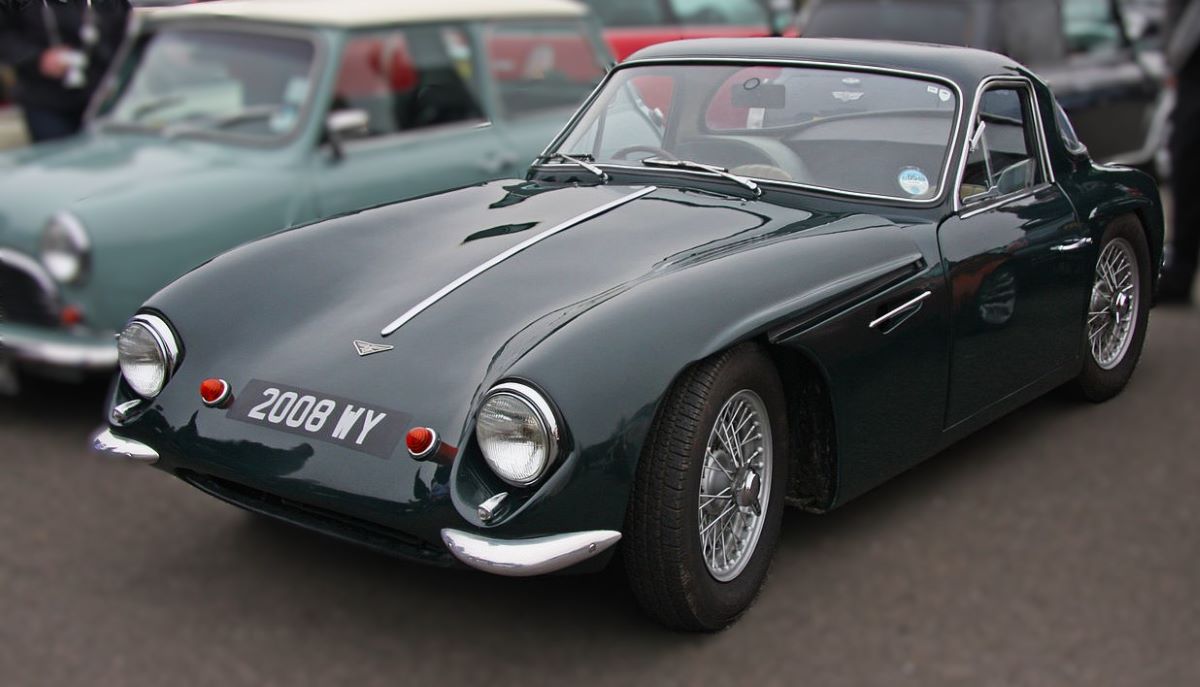
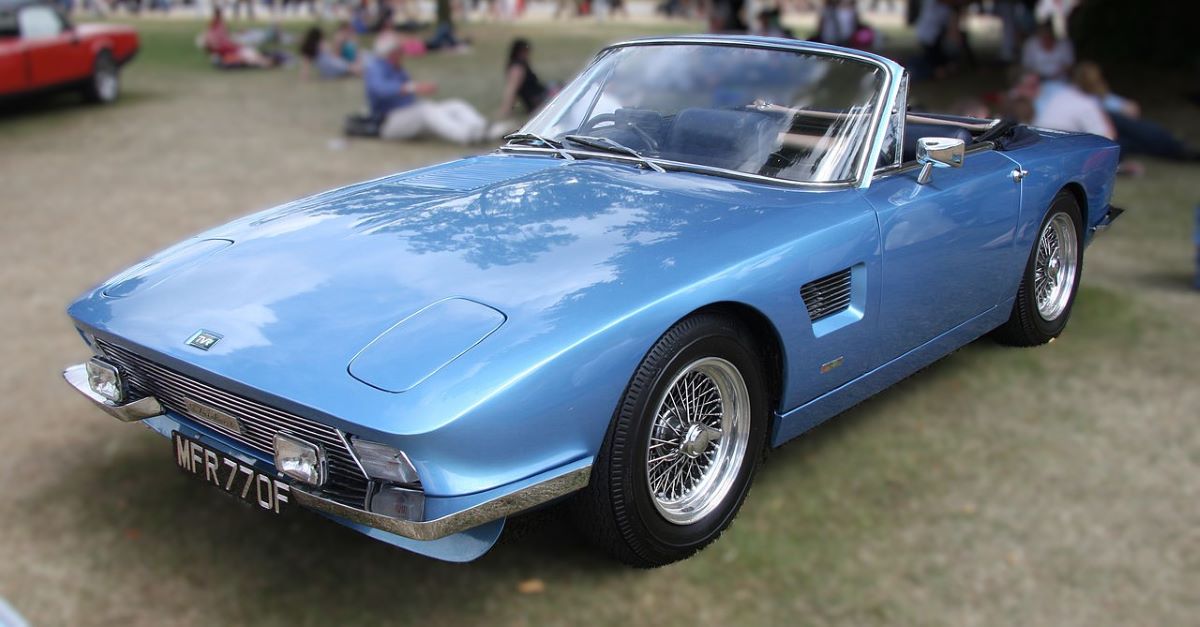
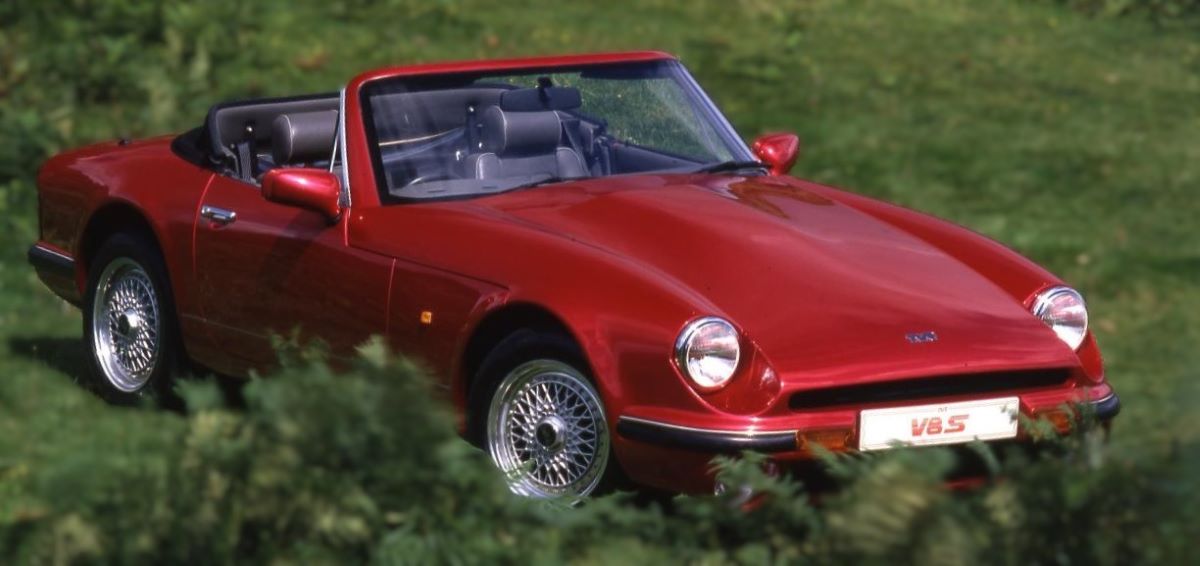
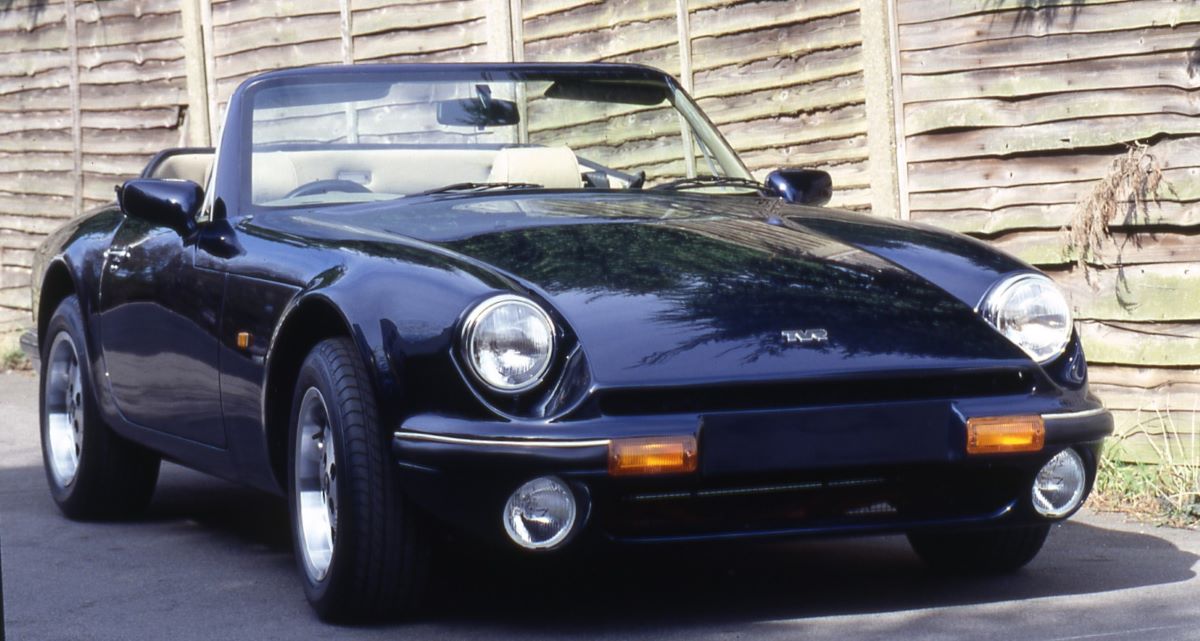
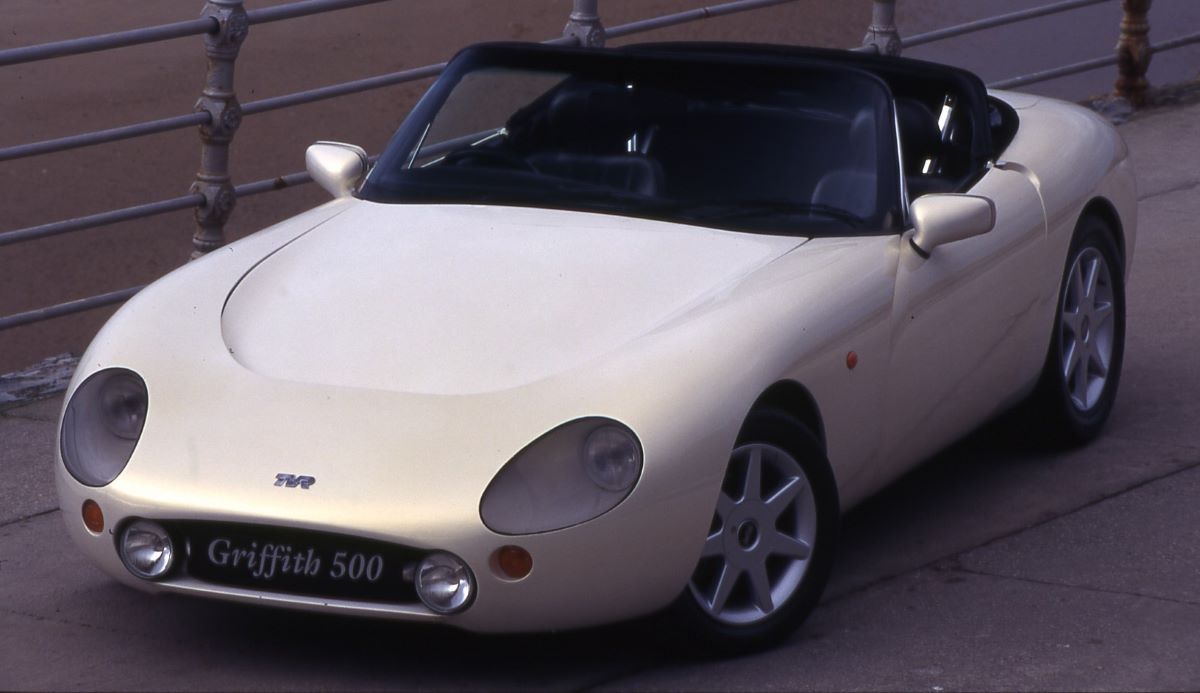

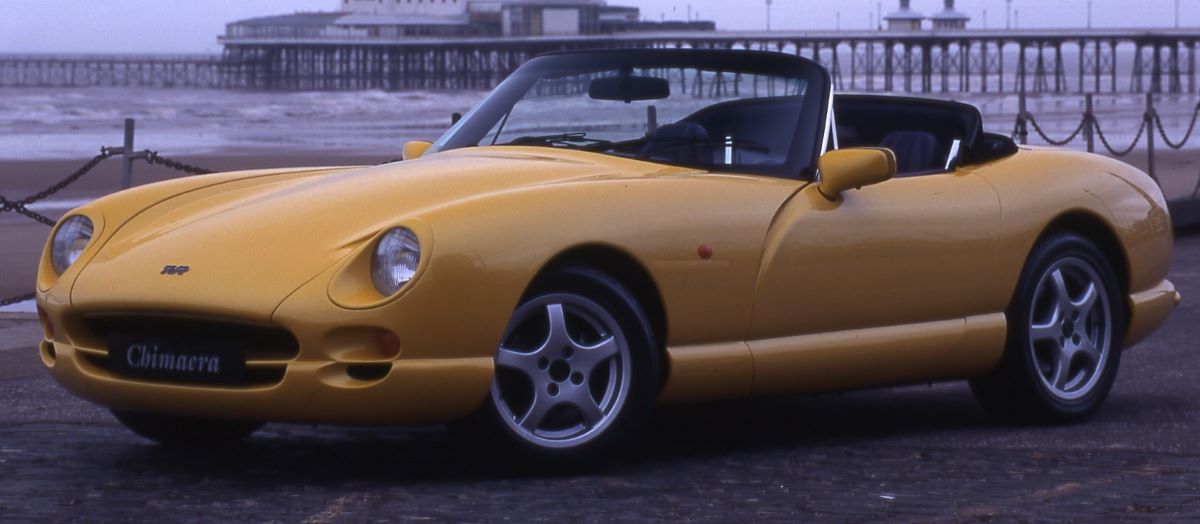
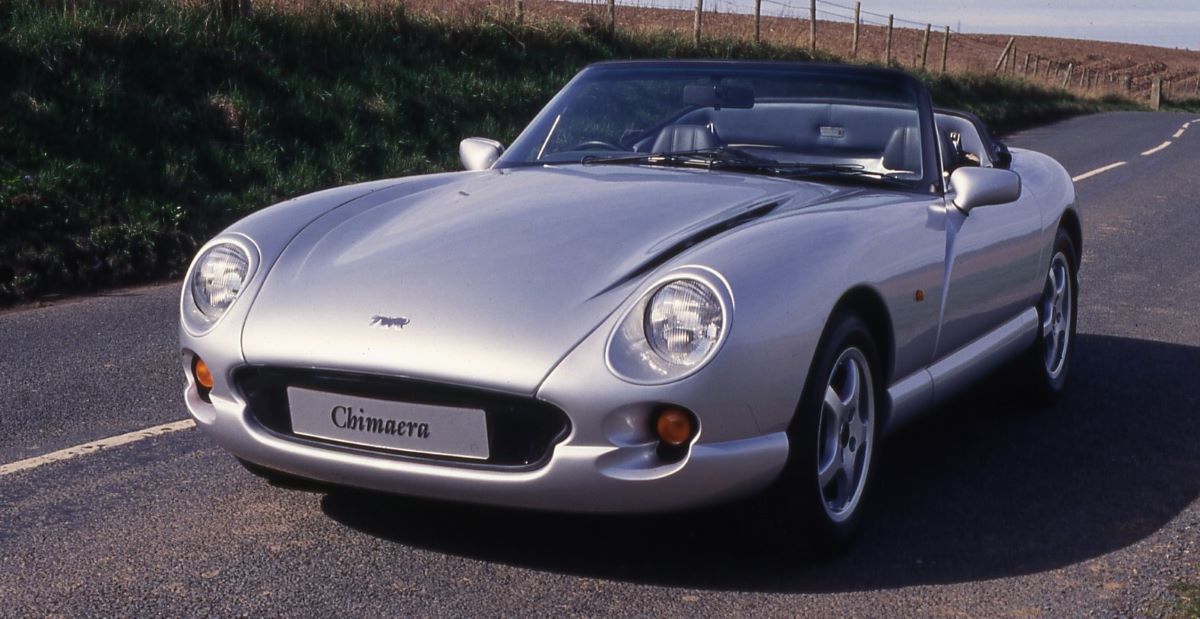
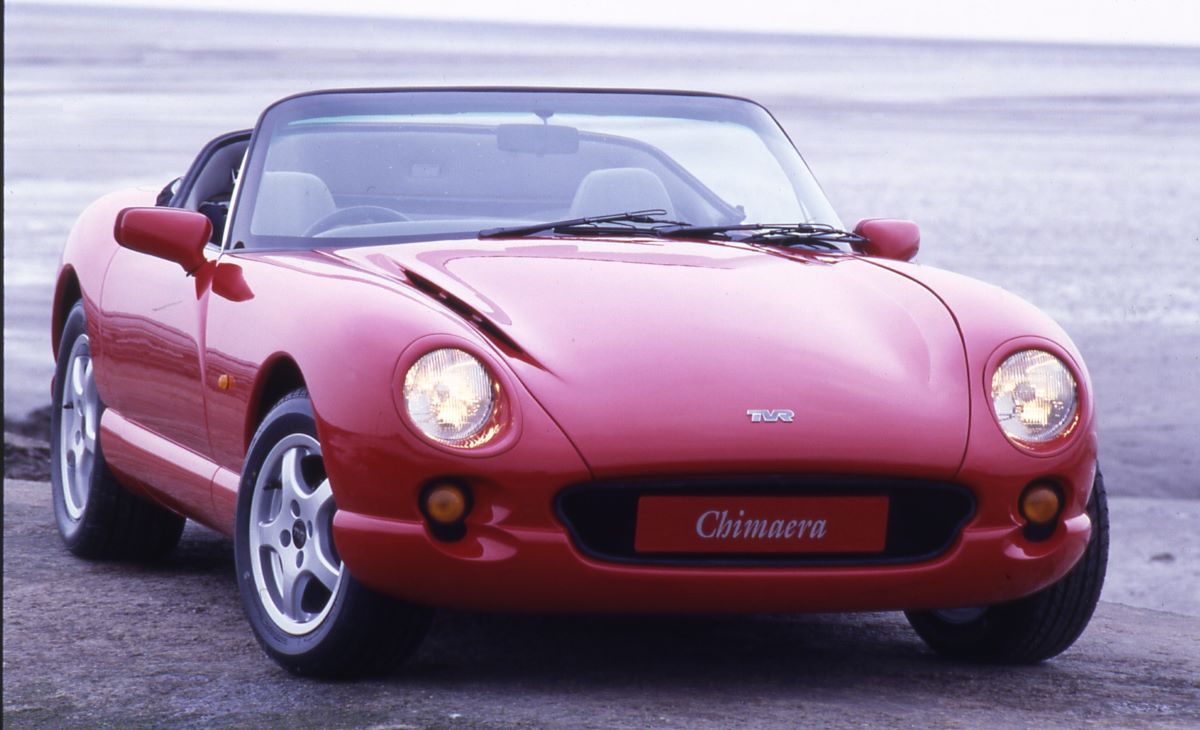

The TVR Cerbera is a high-performance sports car produced by TVR from 1996 to 2003. It was the first model from TVR to feature a V8 engine developed in-house, marking a significant milestone for the company. The Cerbera is known for its combination of brutal power, lightweight construction, and aggressive styling, making it one of TVR’s most memorable models.
Key Features of the TVR Cerbera:
- Engine Options:
- TVR AJP8 V8: The most notable engine in the Cerbera lineup is the AJP8, a 4.2- or 4.5-liter V8 engine designed and built by TVR. The 4.5-liter version produces around 420 horsepower, providing immense performance in a lightweight package. This engine is known for its raw, unfiltered power delivery and distinctive sound.
- TVR Speed Six: Later versions of the Cerbera were also available with TVR’s 4.0-liter Speed Six engine, a naturally aspirated inline-six that produces around 350 horsepower. This engine offered a slightly different character, with a focus on high-revving performance.
- Performance:
- The TVR Cerbera is exceptionally fast, with 0-60 mph times ranging from around 3.9 to 4.2 seconds, depending on the engine and configuration. The top speed is over 180 mph, making it one of the fastest cars of its time.
- Design:
- The Cerbera has a distinctive and aggressive design, characterized by its long hood, short rear deck, and wide stance. The car’s low-slung profile, prominent wheel arches, and bold front grille give it a menacing appearance. The Cerbera is a 2+2 coupe, meaning it has small rear seats, making it more practical than some of TVR’s other models.
- Chassis and Handling:
- The Cerbera features a tubular steel chassis and a lightweight composite body, consistent with TVR’s focus on reducing weight for better performance. The car’s handling is sharp and responsive, with a suspension setup designed for both road and track use.
- Interior:
- Inside, the Cerbera offers a driver-focused cockpit with a unique dashboard design. The interior features high-quality materials like leather, aluminum, and wood, giving it a bespoke, luxurious feel. The car’s gauges are often mounted in the center, with a minimalist approach to controls and switches.
- No Electronic Aids:
- True to TVR’s philosophy, the Cerbera lacks electronic driver aids such as ABS, traction control, or stability control. This makes the driving experience raw and engaging, demanding skill and attention from the driver.
- Variants:
- Throughout its production, the Cerbera was offered in several variants, including the 4.2, 4.5, and the Speed Six models. Each variant offered a different balance of power, weight, and handling characteristics, allowing buyers to choose a model that best suited their driving preferences.

You must be logged in to post a comment.